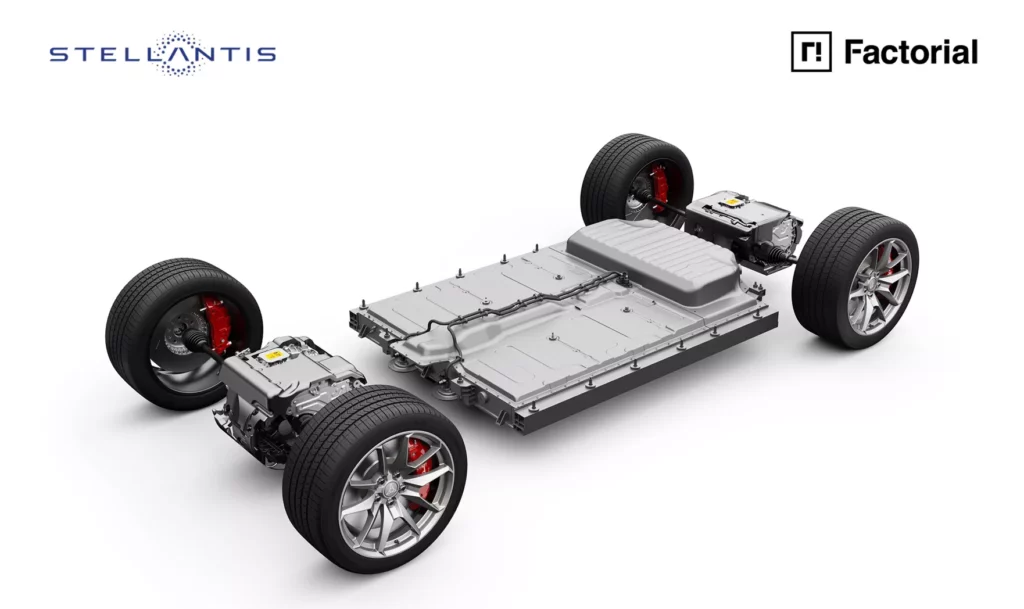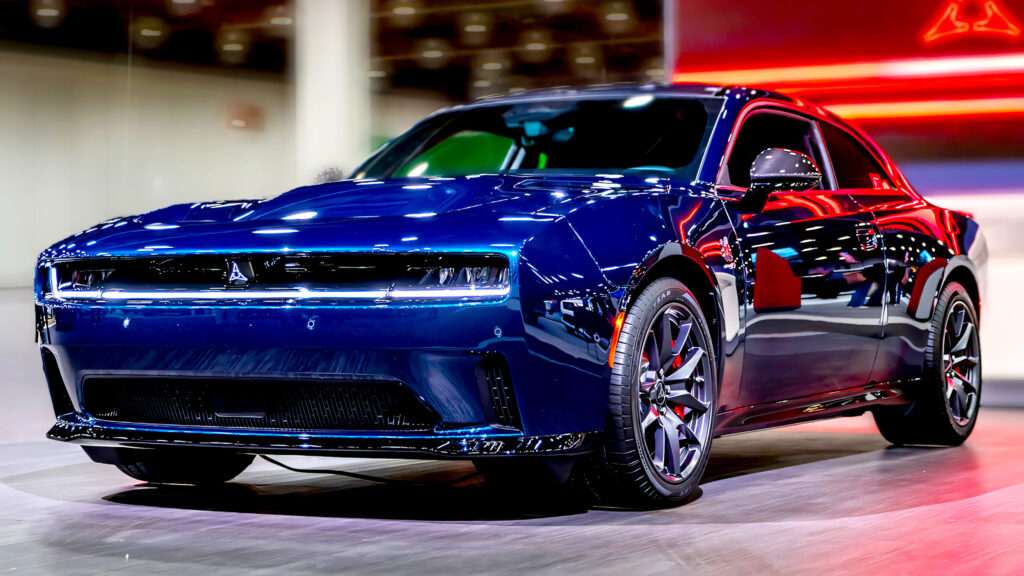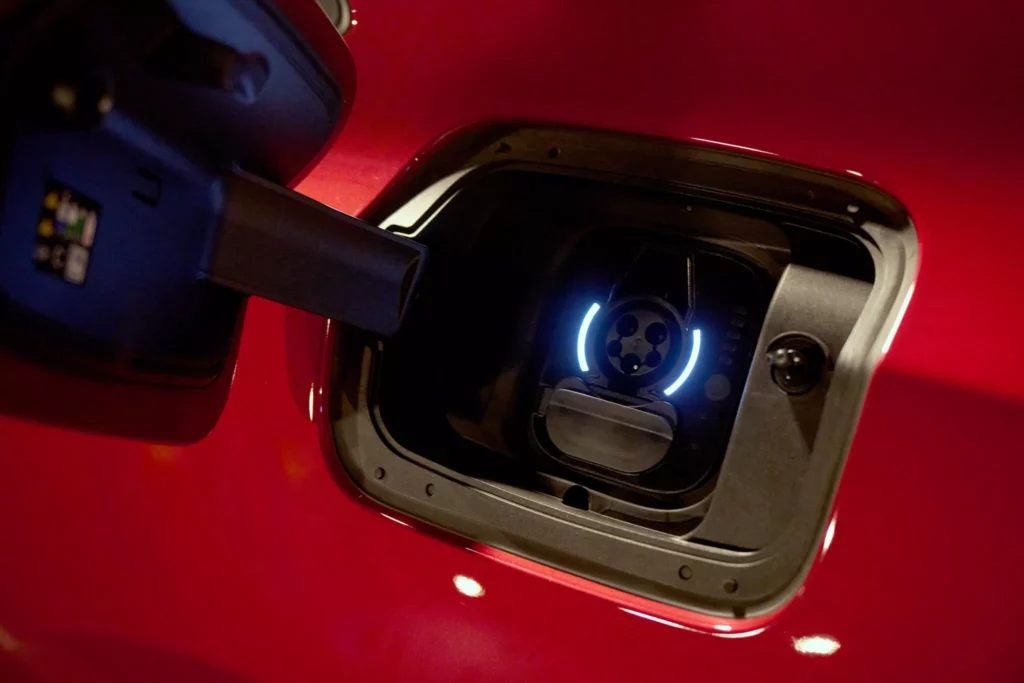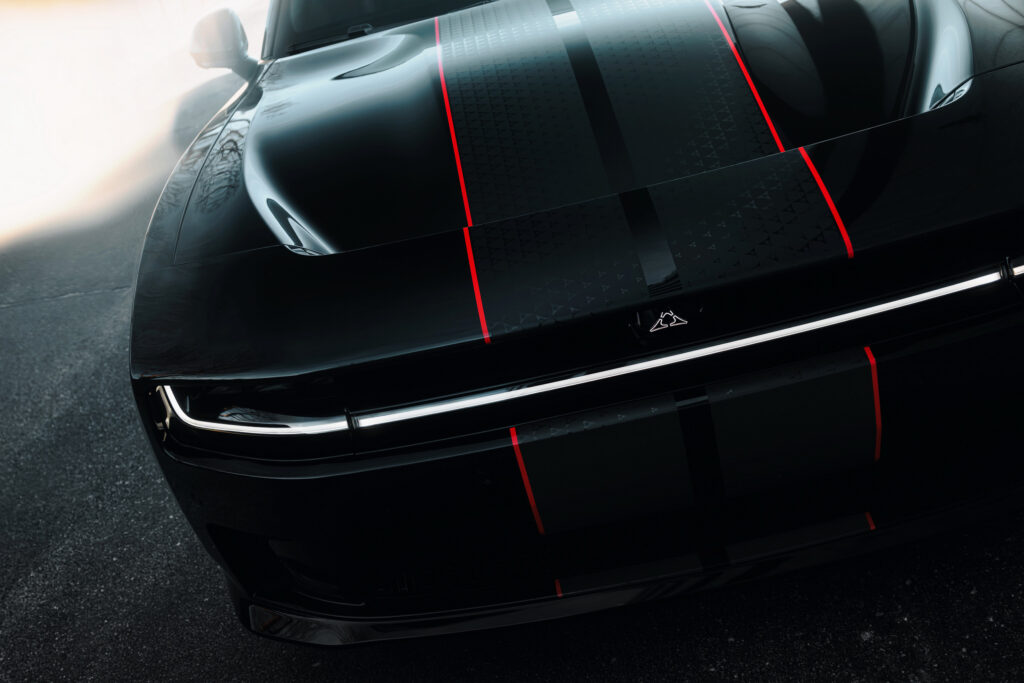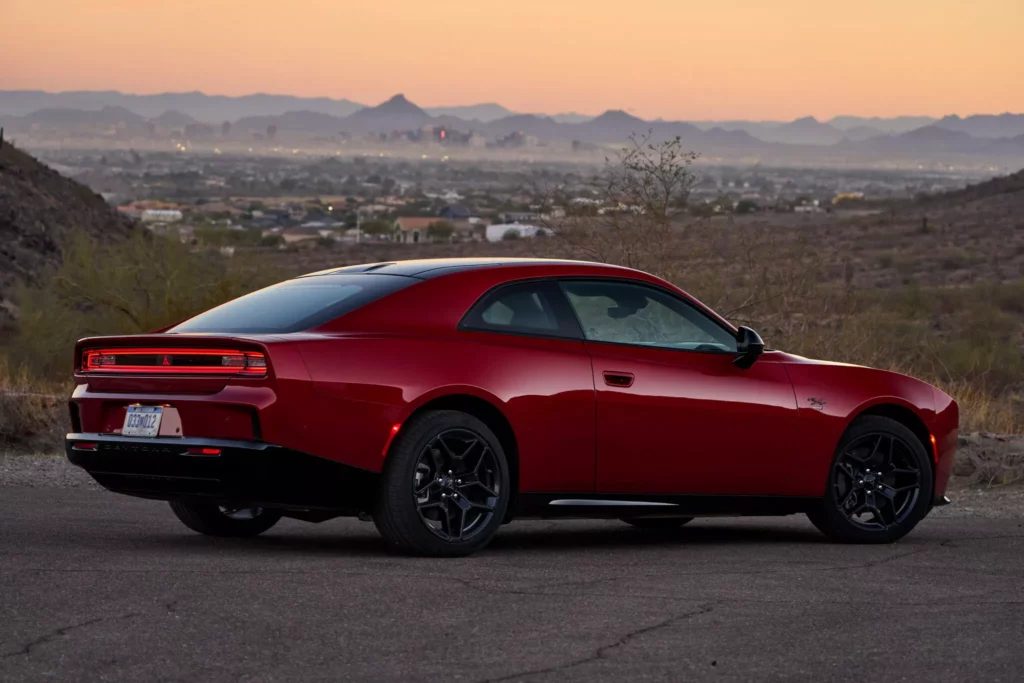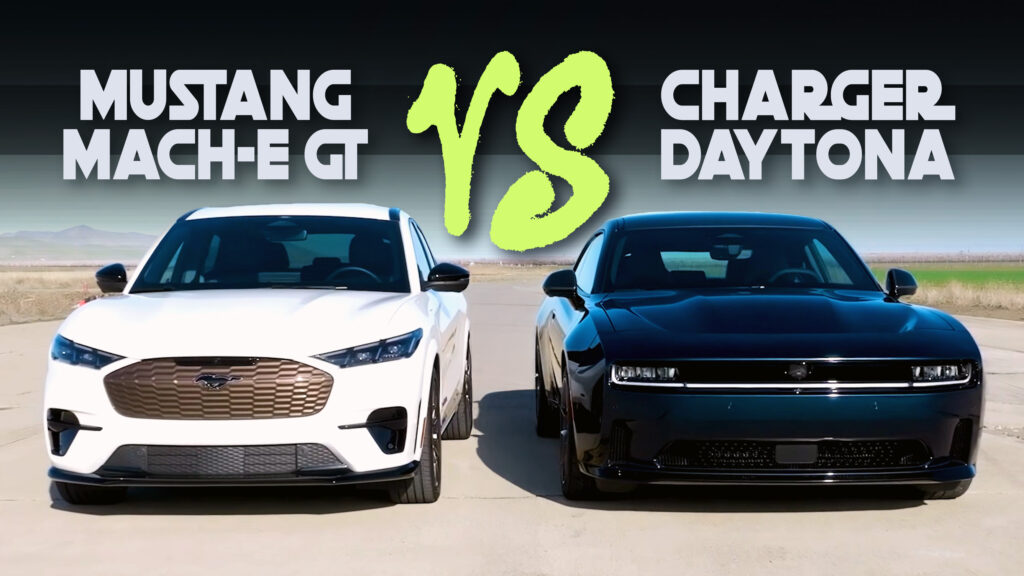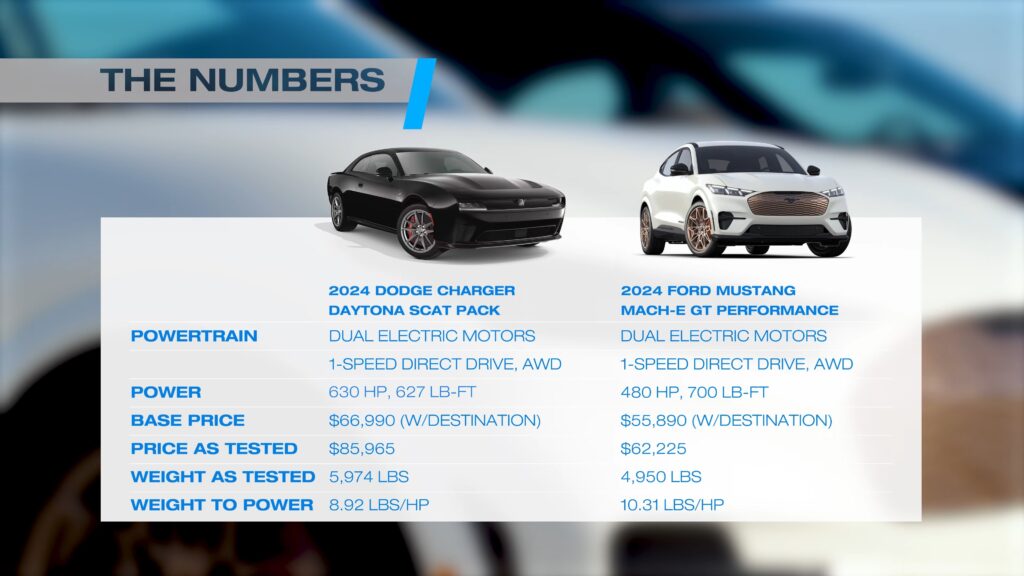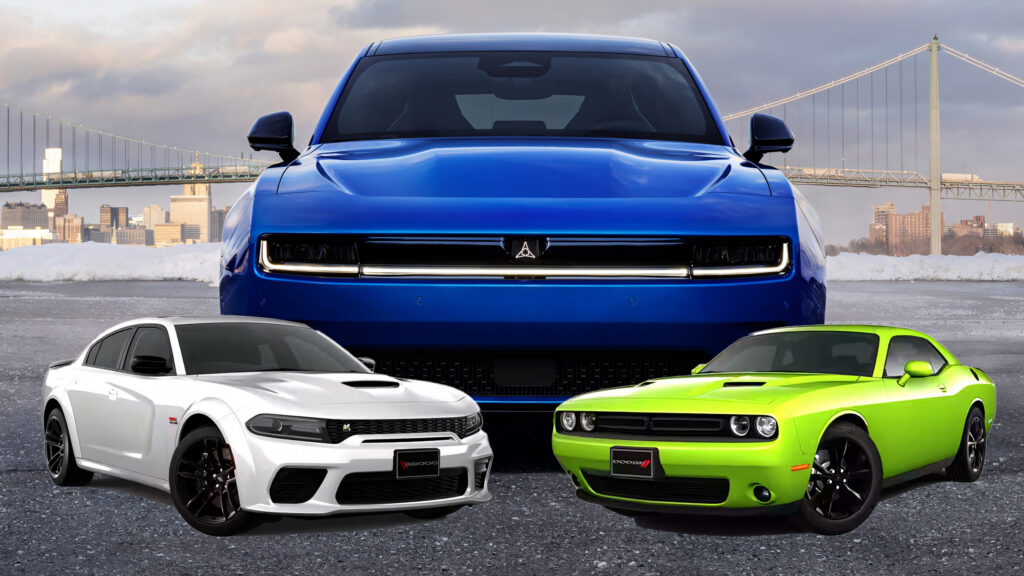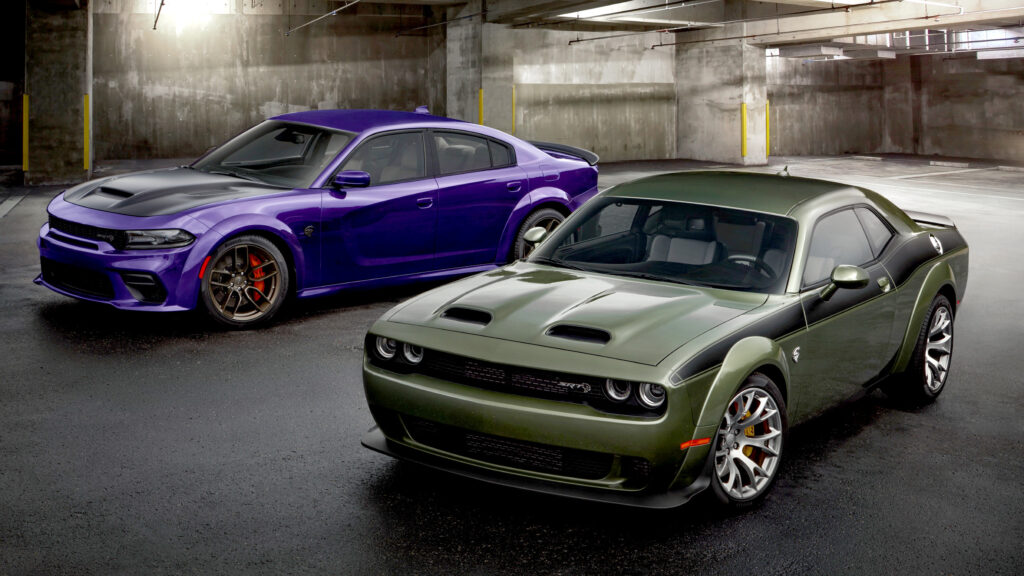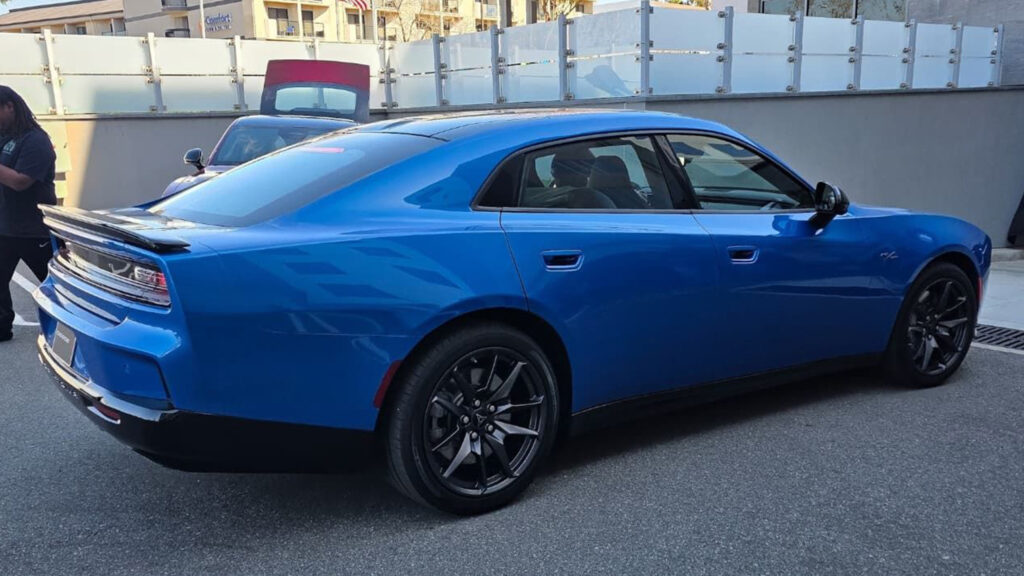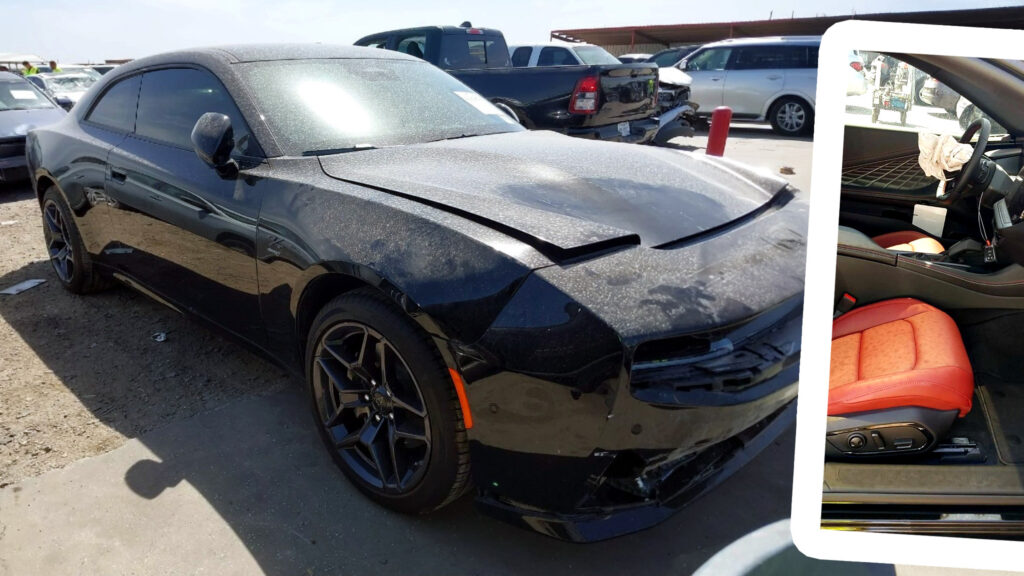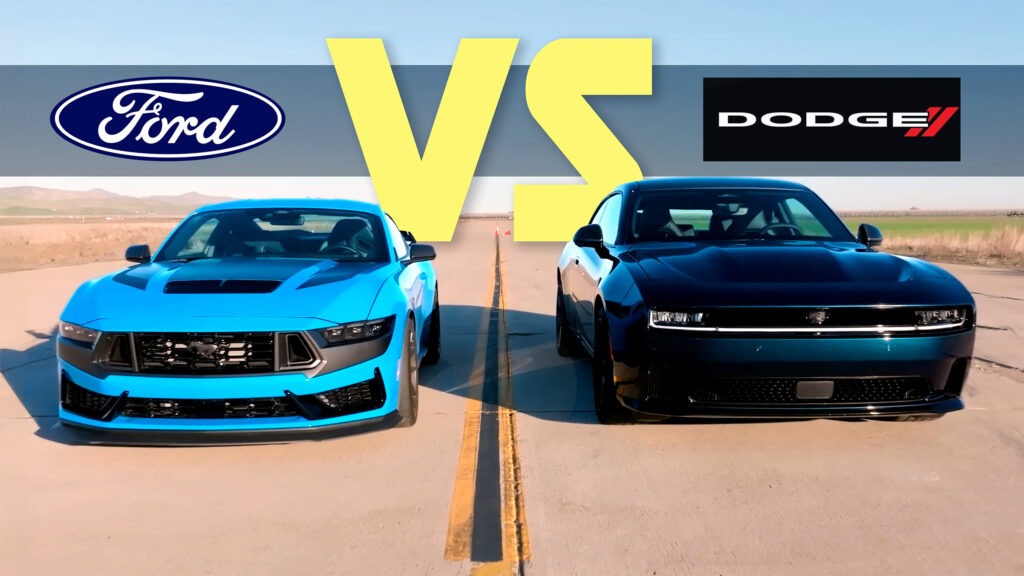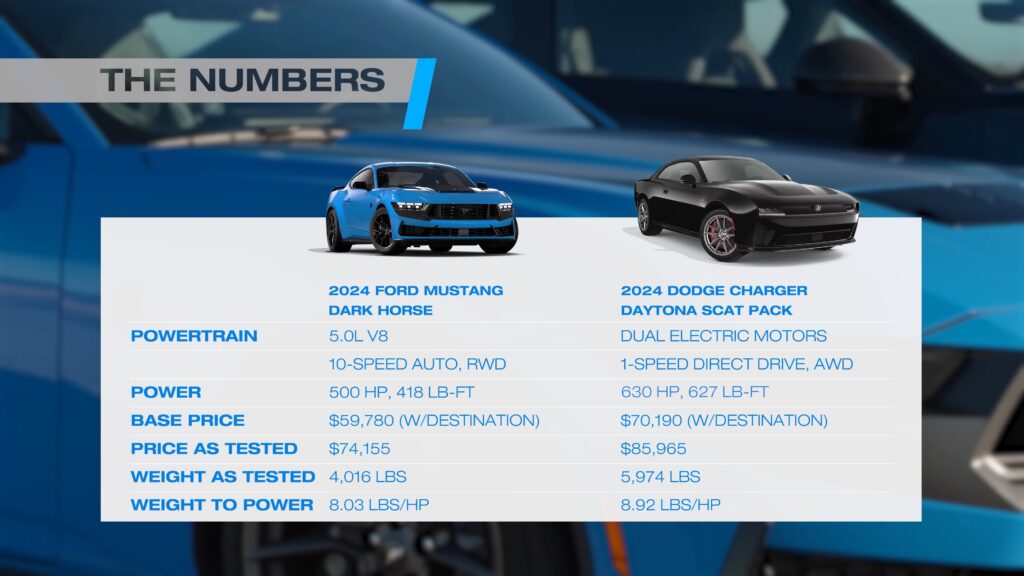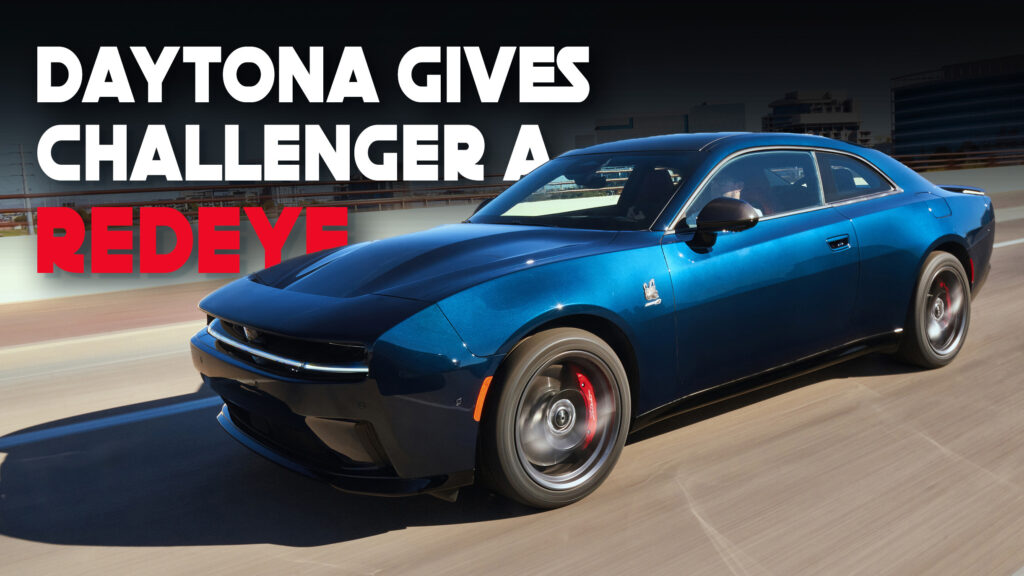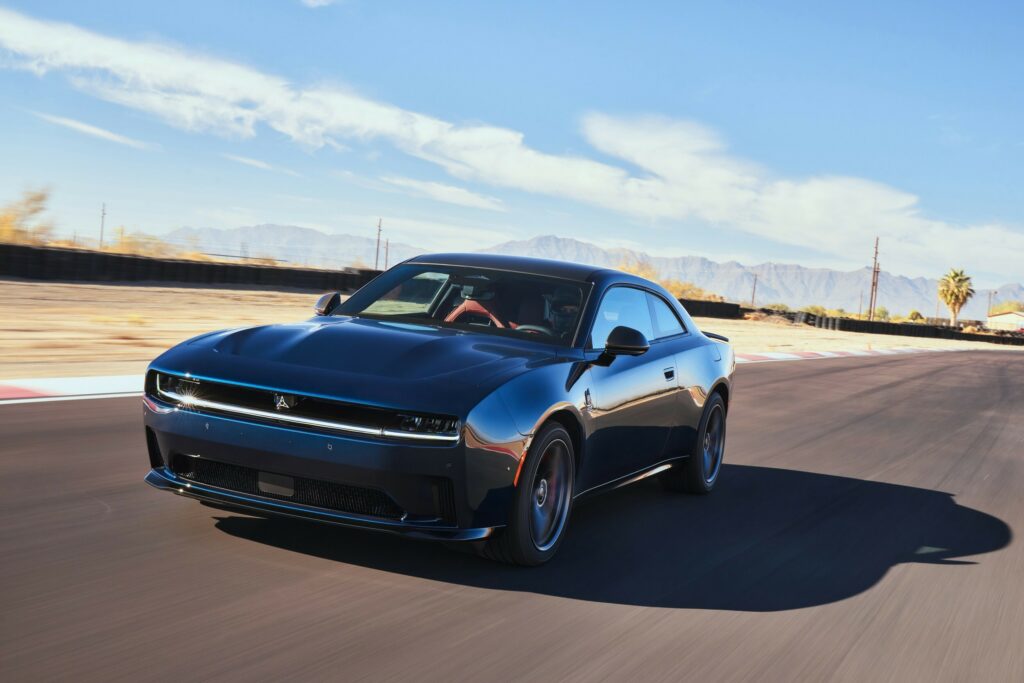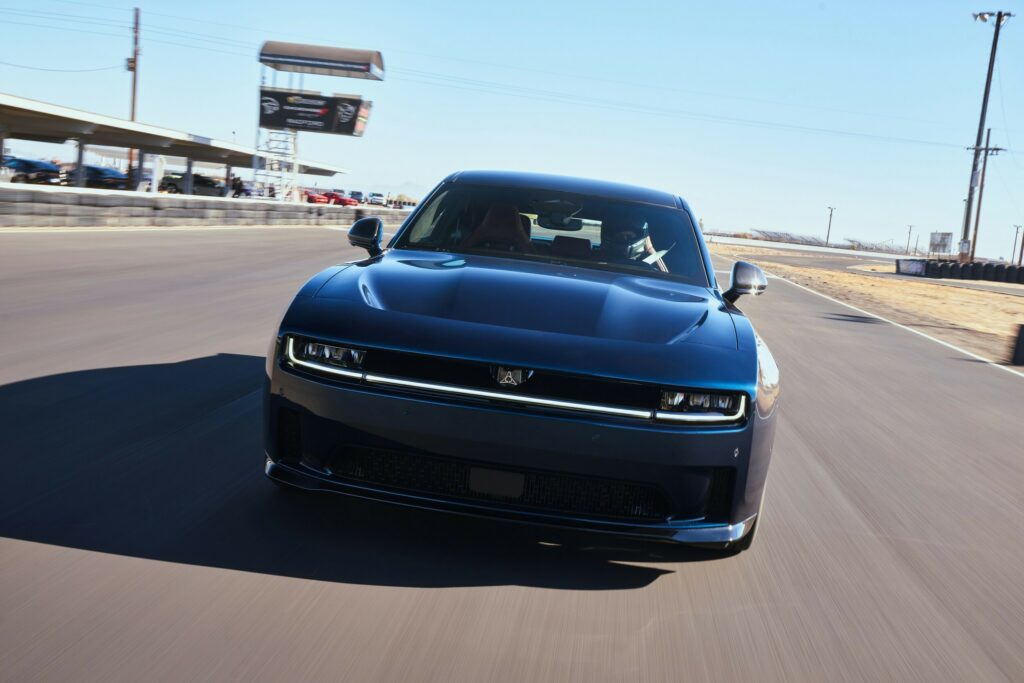2026 Charger Daytona Spawns A 670 HP Sedan

- Dodge has introduced the 2026 Charger Daytona sedan, which is nearly identical to the coupe.
- It weighs an additional 50 lbs and features a dual-motor all-wheel drive system with 630 hp.
- Dealers are currently accepting orders and deliveries are slated to begin later this year.
Dodge has officially unveiled the 2026 Charger Daytona lineup, which includes an all-new liftback sedan. It closely echoes the coupe as the fascias, roofline, and liftgate are shared across body styles.
However, the new five-door variant promises to be far more practical even though interior and exterior dimensions remain unchanged. That means there is 37.2 inches (945 mm) of rear seat legroom as well as a cargo capacity of up to 37.4 cubic feet (1,059 liters).
More: It’s Official, Dodge Is Killing The Electric Charger Daytona R/T
Speaking of the interior, it comes nicely equipped with a 16-inch digital instrument cluster and a 12.3-inch Uconnect 5 infotainment system with Android Auto and Apple CarPlay. Buyers will also find a heated steering wheel, a dual-zone automatic climate control system, a garage door opener, and cloth/leatherette seats.
They’re joined by a long list of driver assistance systems that includes Adaptive Cruise Control with Stop and Go, Active Driving Assist, and Active Lane Management. There’s also Automatic Emergency Braking, Blind-Spot Detection with Rear Cross Path Alert, and Full-Speed Forward Collision Warning.
Options Galore
While the standard model comes nicely equipped, the Plus trim adds fancier LED headlights, a power liftgate, and a frunk. The cabin gains a wireless smartphone charger, a 64-color ambient lighting system, a power tilt/telescoping steering column, a ParkView 360 surround view camera system, and an upgraded alarm.
Other options include a panoramic glass roof, an 18-speaker Alpine premium audio system, and a self-explanatory Carbon & Suede package. Customers can also get a Blacktop package that includes dark badging and 20-inch wheels with a dark finish.
Sticking with styling, there’s a new gloss black painted hood. 2026 models can also be equipped with matte black Fratzog stripes that have red accents as well as a repeating pattern.
AWD And 670 HP
The 2026 Charger Daytona lineup is offered exclusively in Scat Pack guise and this means there’s a 100.5 kWh battery pack as well as a dual-motor all-wheel drive system producing 630 hp (470 kW / 639 PS) and 627 lb-ft (849 Nm) of torque. However, a PowerShot function can deliver an additional 40 hp (30 kW / 41 PS) for 10 seconds at a time.
Both the sedan and coupe accelerate from 0-60 mph (0-96 km/h) in 3.3 seconds, run the quarter mile in 11.5 seconds, and have a top speed of 135 mph (217 km). Those are impressive numbers, but the 241 mile (388 km) range leaves a lot to be desired.

When it comes time to replenish the battery, a 350 kW DC fast charger can take it from 20-80% in just 24 minutes. With a more common 175 kW DC fast charger, the same process will take roughly 42 minutes. At home, you’re looking at around 5.4 hours to go from 20-80% with an 11 kW Level 2 charger.
Customers looking for maximum performance can get an optional Track package. It features 20-inch aluminum wheels that are backed up by a Brembo braking system with red six- and four-piston calipers. The package also includes a dual valve adaptive damping suspension, a gloss black rear spoiler, a drive experience recorder, and leather/suede performance seats with fixed headrests.
Now Up For Order
Dodge is currently accepting orders for the 2026 Charger Daytona coupe and sedan. The company didn’t mention pricing, but deliveries are scheduled to begin in the second half of this year.
However, you might want to hold off as the Charger Sixpack is also coming later in 2025. It’s notable for featuring a twin-turbo 3.0-liter Hurricane inline-six that will have outputs of 420 hp (313 kW / 426 PS) and 550 hp (410 kW / 558 PS).








